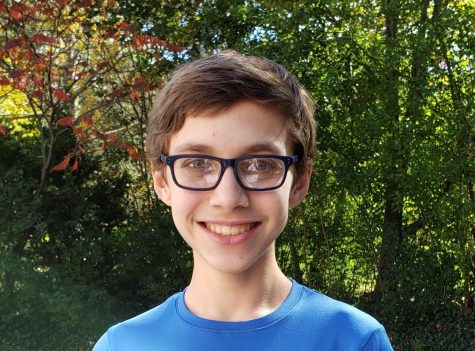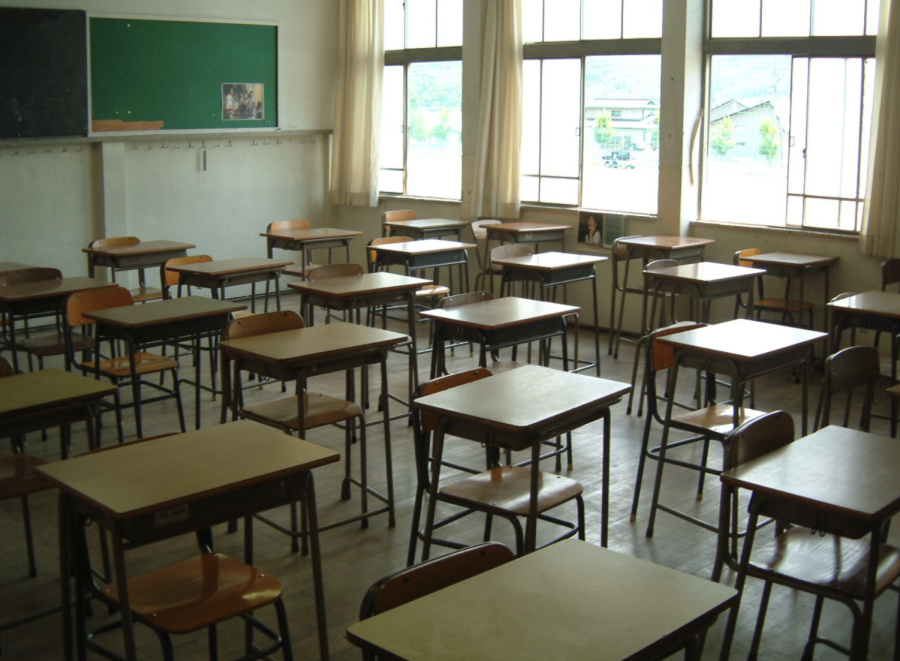Keeping Schools Open Should be a Priority
With the district’s low positivity rates and the county’s high vaccination rate, keeping schools open should is essential.
A brief stint of virtual schooling after a long break. A repeat of what occurred almost two years ago now. The threat of an extended stay away from school looms fresh in everyone’s minds. Ann Arbor Public Schools (AAPS) shouldn’t further complicate the stressful learning environment during a pandemic. Schools should remain in-person.
With a new Covid-19 variant, Omicron, fear has spread across Washtenaw County and the school district. However, the data demonstrates that schools are not superspreaders of the virus.
According to the AAPS Covid-19 case dashboard, only one student at Community High School (CHS) has tested positive for the virus during the week of Jan. 14. With CHS hosting roughly 500 students each day, that makes only 0.2% testing positive in the past week. In addition, only one student at Huron High School has tested positive in the same week, even though Huron contains around 1,720 students. That means only 0.05% of students at Huron tested positive in the past week.
This shows that the mask mandate enforced by AAPS along with the high vaccination rates within the Ann Arbor community have prevented the virus from spreading at a rate high enough to warrant a return to virtual learning.
Caught up in preventing ourselves from catching the disease, we forget to consider the impact of staring at a screen for seven hours straight.
Students succumb to eye strain and headaches each day. This was, and is, yet another harsh reality of virtual school, a reality that nobody wanted to go back to. But that’s not all. In a study by the Center for Disease Control (CDC), 63% of parents reported that their children experienced decreased physical activity while in a virtual environment. I experienced this myself as my daily step count was 4,000 steps lower in each day of virtual school compared to in-person school.
The consequences of virtual school — eye strain, frequent headaches and lowered physical activity — are already very prevalent issues in a world taken over by technology, but going virtual would make all of them worse.
Physical health isn’t the only health at risk during the pandemic. Mental health is a serious concern. Students are already anxious enough. A change in their daily routine would make it much more stressful for students.
In addition, for many students, social interaction in a virtual setting is almost impossible to come by. The most social interaction students are able to enjoy in an online environment are blank zoom screens and muted microphones. According to the CDC, 25% of the parents of children in a virtual environment reported that their child experienced worsened mental or emotional health. That’s one in every four students that suffer from the effects of online school in not only physical but mental and emotional ways.
While changing school to a virtual environment for a week may have been a necessary precaution for the district, it is not necessary to keep students in a virtual environment. Throughout the first semester, local mandates and rules have kept Covid-19 numbers comparatively low and allowed us to prioritize our education. In the second semester, we need to keep it that way.










